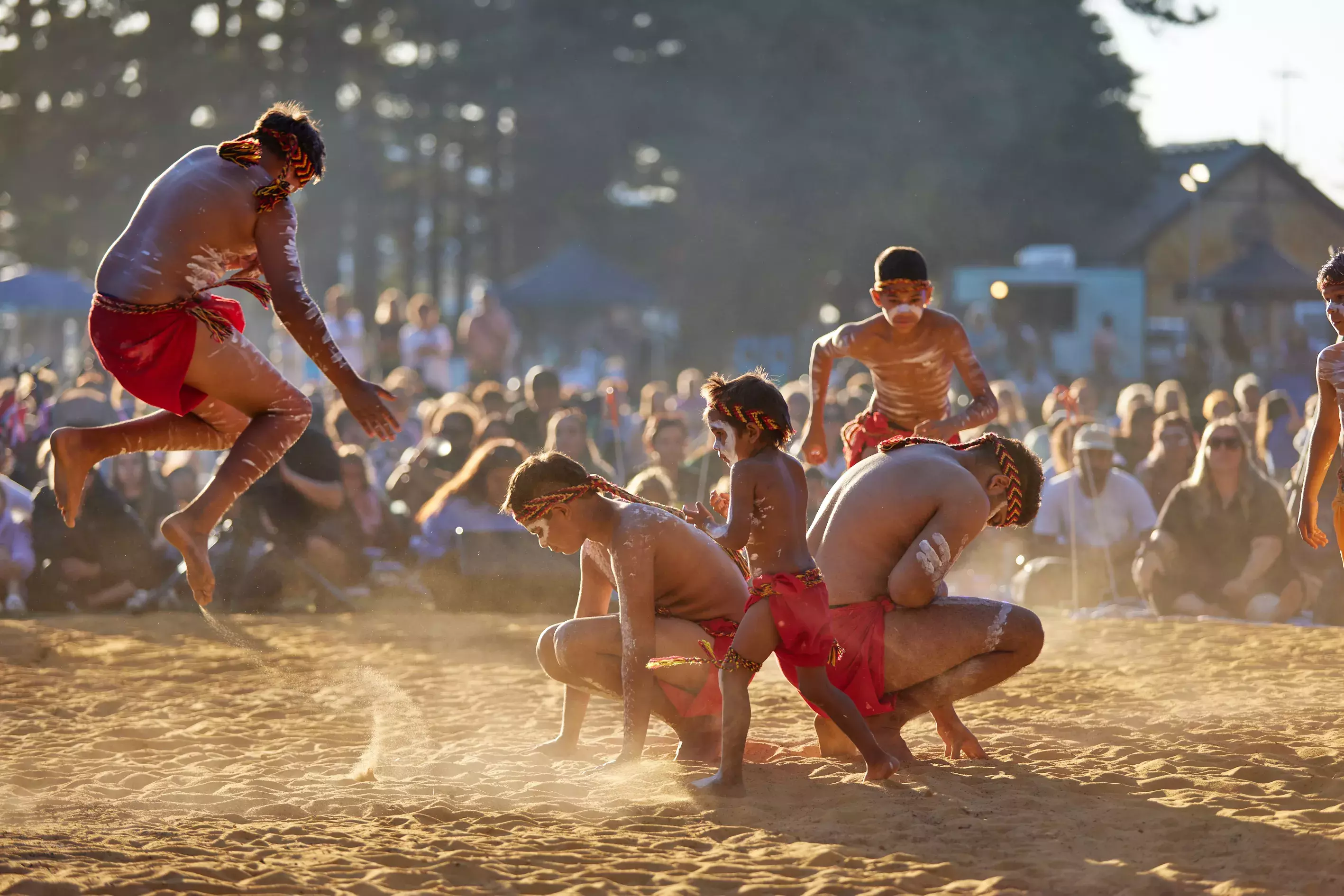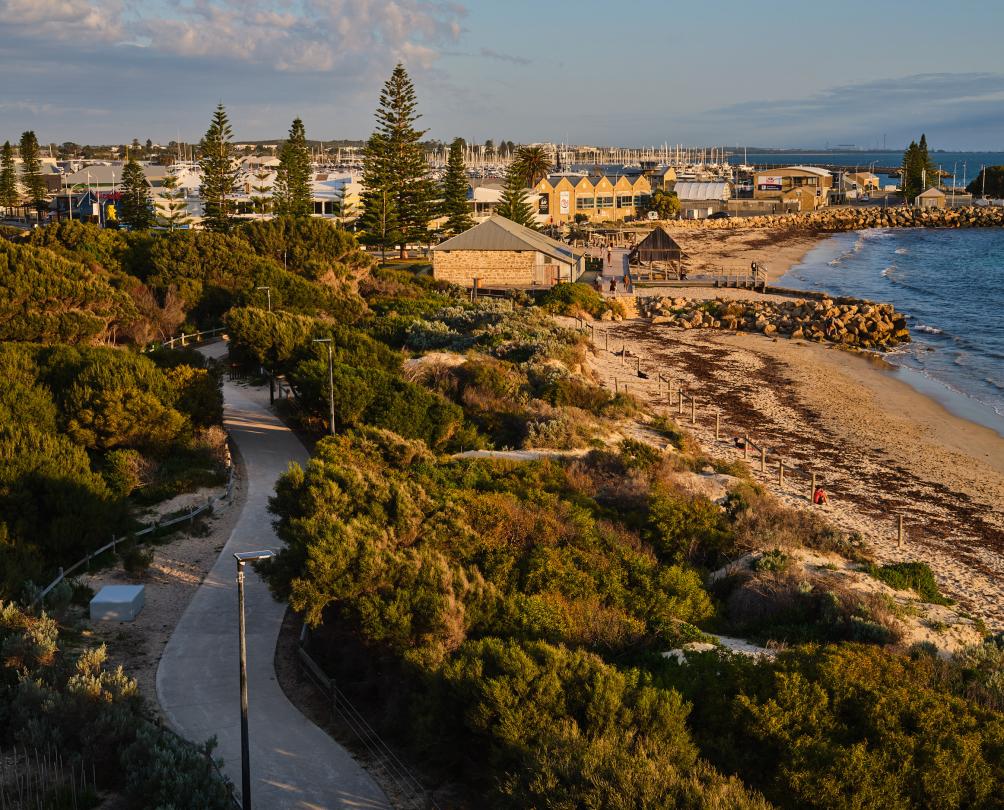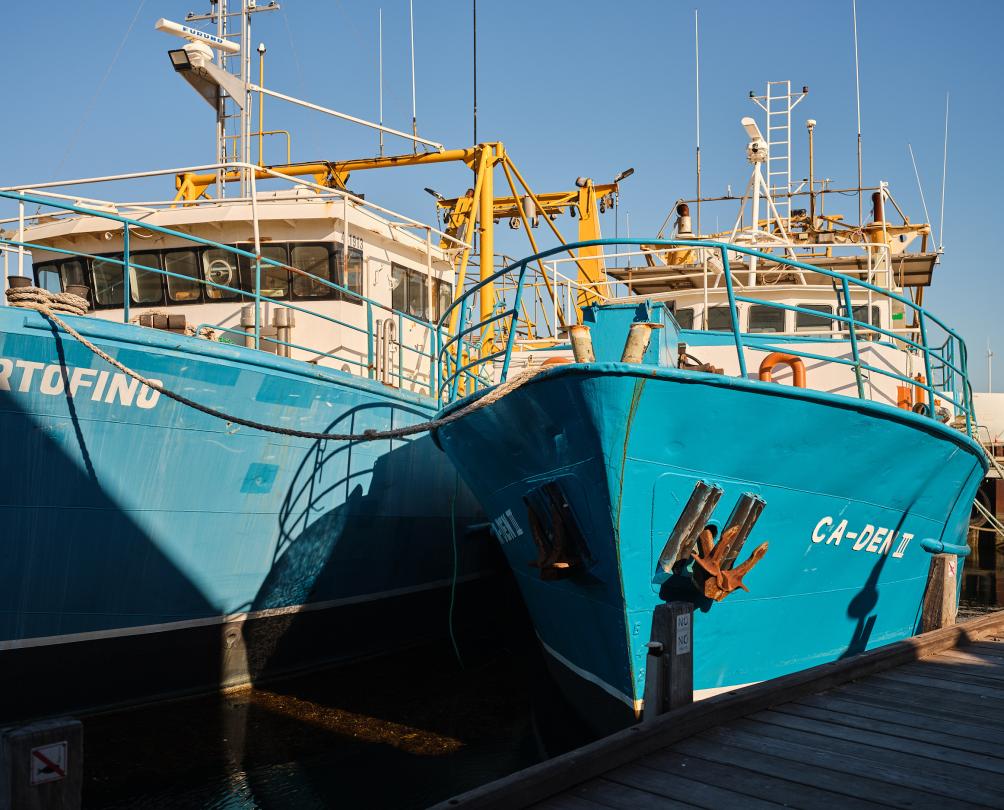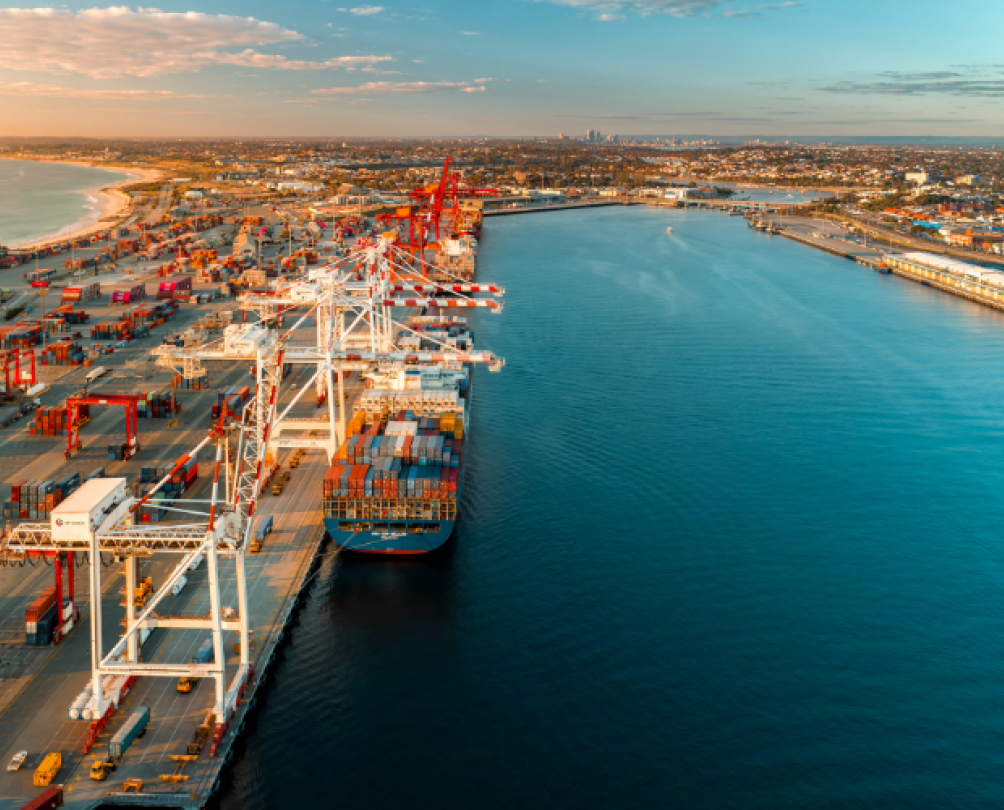History and Beginnings

Fremantle is a maritime city with spirit and soul, full of vibrancy, colour and culture.
In the Nyoongar language the Fremantle area is called Walyalup, meaning place of the Walyo or Woylie, a small brush-tailed bettong or kangaroo rat.
The local Whadjuk people, part of the larger Nyoongar Aboriginal nation in the southwest of Western Australia, have a connection to country that dates back over 50,000 years.
Manjaree is the name Whadjuk people gave to the area around Fremantle, near the limestone hill at Arthur Head and Bathers Beach. In the local Whadjuk dialect, it translates to ‘fair exchange’, a name that reflects Fremantle’s longstanding role as a place of trade and exchange.
Colonised in 1829 and named after Captain Sir Charles Fremantle, the inner city quickly evolved into one of Western Australia’s key industrial and commercial centres. Today, Fremantle continues to operate as one of Australia’s largest shipping terminals, reinforcing its historic role as a global gateway for trade and industry.
Fremantle’s long-standing connection to the sea has shaped its identity and international reputation. It has hosted world renowned maritime and sporting events including the 1987 America’s Cup, round the world yacht races, and many world championship sailing events, whilst continuing to support a thriving local fishing industry.
Fremantle’s inner-city character has been carefully retained through protection and ongoing conservation of its heritage buildings and streetscapes which embody WA’s colonial and goldrush history. Within its many old and narrow streets thrives a bustling hub of people visiting, working and playing.




